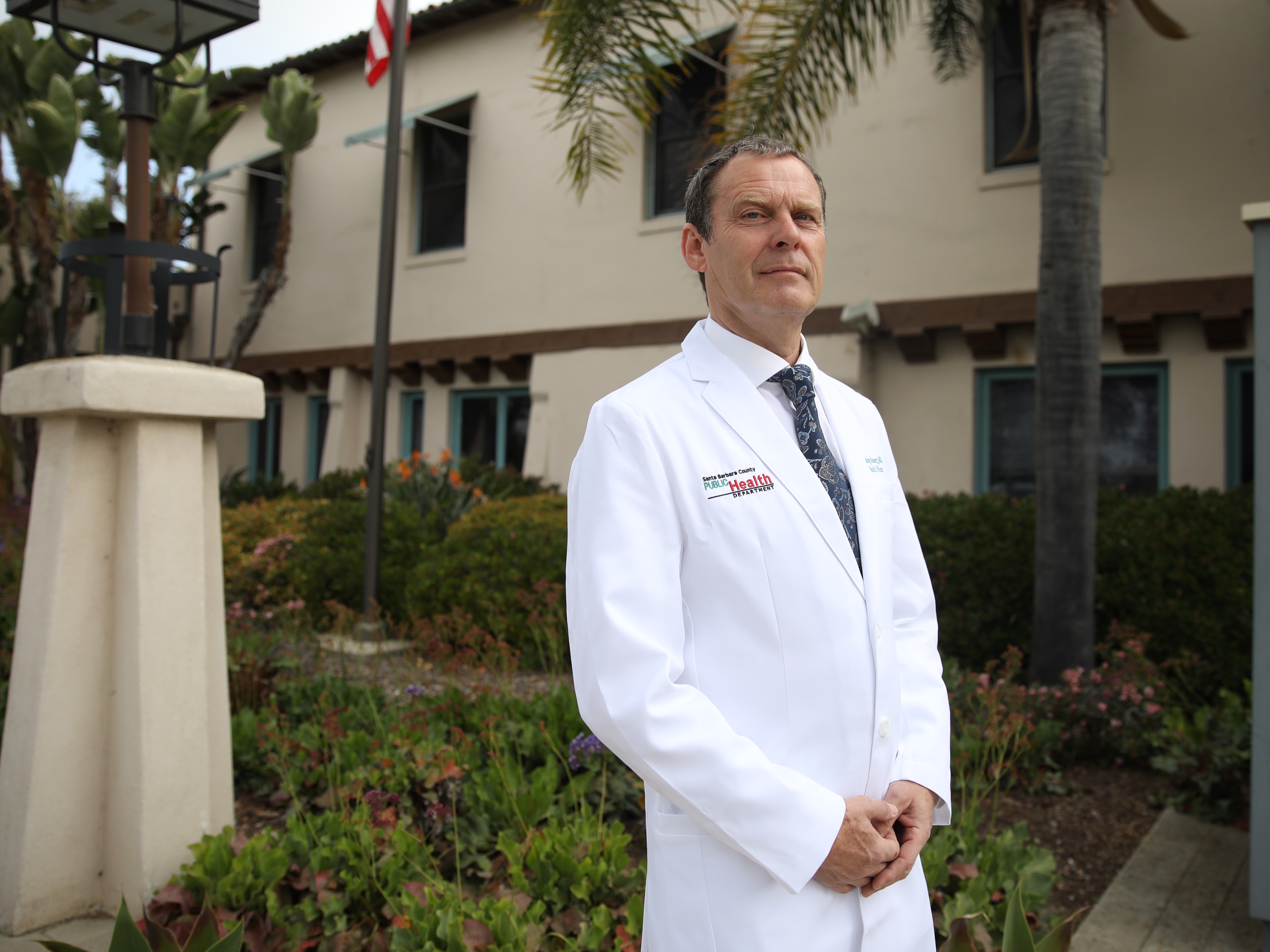On COVID-19 Case Details, Santa Barbara Officials Stay Relatively Mum
Authorities Won’t Say Where Patients Live, to the Frustration of Other Residents

Public health officials across California’s 58 counties are using their substantial discretionary powers when deciding how much demographic information to disclose on the COVID-19 cases in their regions.
Some, like our neighbors to the south in Ventura County, err on the side of transparency. In their daily updates, Ventura authorities announce not only the total number of patients and their age ranges, but also the specific cities in which the patients live and how many of their residents are hospitalized. San Diego, Los Angeles, Orange, and Sonoma counties also provide significant detail on their sick populations, including if cases were travel related or from community spread, the collection dates of positive tests, whether patients have underlying health issues, and so on. Marin even offers a daily “Surveillance Update” with comprehensive data breakdowns, and Sonoma has created an interactive dashboard with Bay Area–specific numbers.
Other counties, such as Kern and San Bernardino, have taken a much more conservative approach to disseminating information. Santa Barbara falls into this latter camp. Officials here have declined to reveal in any detail where residents diagnosed with COVID-19 live, noting only if they reside in the northern or southern parts of the county. Citing privacy laws, they also decline to give regular status updates on whether patients are recovering at home or being treated in a hospital. They do, however, communicate the number of tests that have been conducted along with how many came back negative and how many are still pending.
This lack of particulars has irked some county residents, including real-estate agent Linette Silsbee. “Why are we not being informed what cities the confirmed coronavirus patients live in?” she asked. “If people were informed, they would take the orders to stay at home more seriously in their communities, especially since we have such small towns in North County areas.”
“Also, whatever became of the Santa Ynez couple who were on the Diamond Princess cruise ship that was under quarantine?” Silsbee went on. “Hopefully they tested negative and made it home, but I live in Santa Ynez and I would like to know.”
Dr. Henning Ansorg, Santa Barbara County’s public health officer, defended his decision to keep local statistics close to the vest. “It is never our practice to share this information, unless we know it would help community members self-identify as being at risk,” he said during a press conference Monday afternoon. “As the health officer, I am telling all Santa Barbara County residents, please assume the virus is in your community, assume you are at risk for contracting it, and take action to stop the spread.”
Like countless other counties across the country, Santa Barbara is still struggling with a dramatic shortage of COVID-19 test kits. Dr. Van Do-Reynoso, director of the Public Health Department, told the Board of Supervisors Tuesday morning that only the most vulnerable and critical patients are being tested. She said 493 people had been swabbed so far. Supervisor Peter Adam noted with surprise that amounts to only 0.1 percent of the county’s population.
Asked Monday about making testing widely available for the public, Ansorg said he did not see that occurring “in the foreseeable future.”


